Yes – the title is a play on words. Green for cash; green for nature - $ave both. On the morning of June 22nd, the Thousand Islands Watershed Land Trust (TIWLT) will lead you on how to do both. But why, and what’s in it for you, and where does that idea come from?
In the last century, we thought parks were for nature, and the rest of the world was for us humans. Then, climate change snuck up on us, and gave us a wake-up smack on the back of our heads. Nature is actual green infrastructure that gives us, free of charge (we thought) services that keep wild and now oddball weather events at bay. It did. We’ve used up enough of nature that it’s no longer fully capable of delivering enough flood control, storm dampening, clean air, and clean water – along with nature’s songs and sights of wildlife.
There’s a way out of that, at least locally, and to save the land you love.
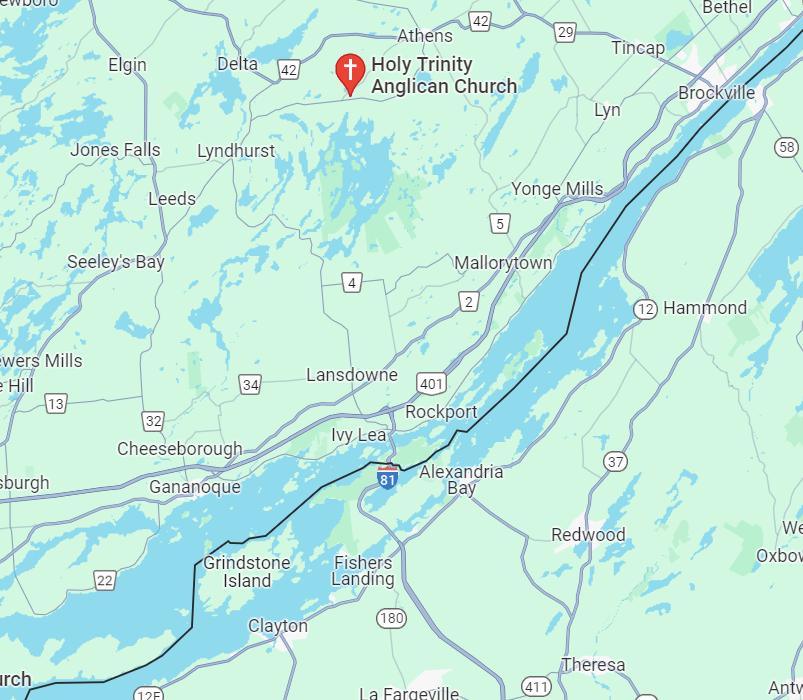
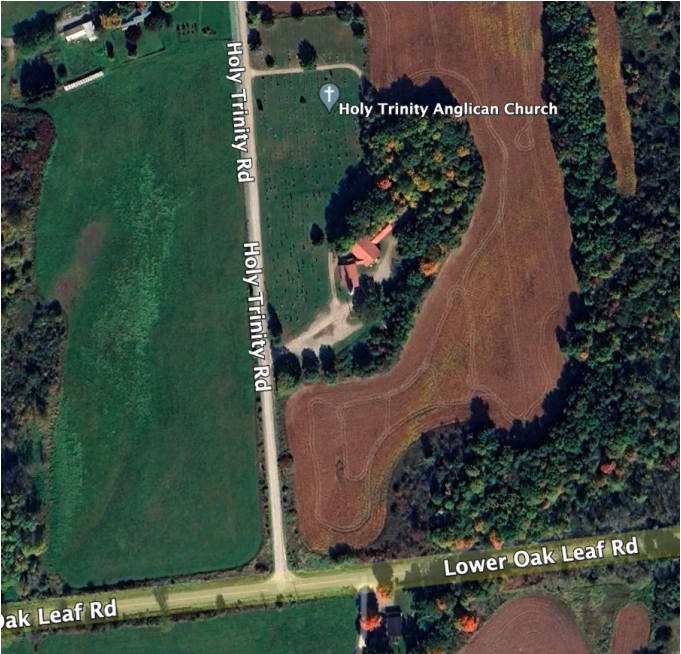
On June 22nd, 9:00 to noon, just north of Charleston Lake at the old stone Holy Trinity Anglican Church hall (see the map inset), we’ll lay it all out. Tax, legal, and accounting expertise, solutions at scale for back yard, islands, and ‘back 40’. It’s answers to questions that lots of you have asked about family property transitions, keeping islands and mainland properties as you’ve loved them, and options for making a sale and not losing out. It’s about the green you love, and the green legacy you can make. Reserve a seat at info@tiwlt.ca
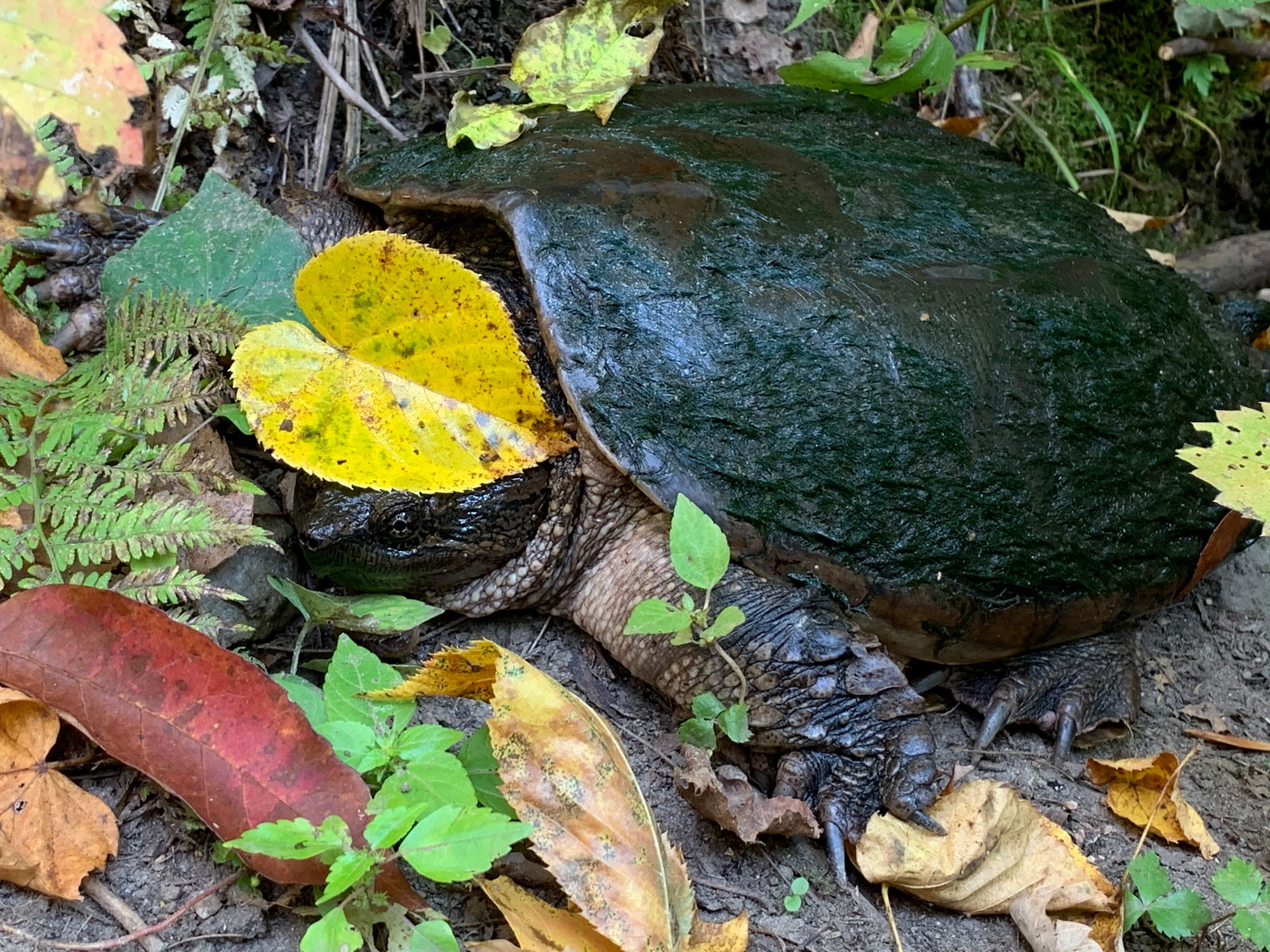
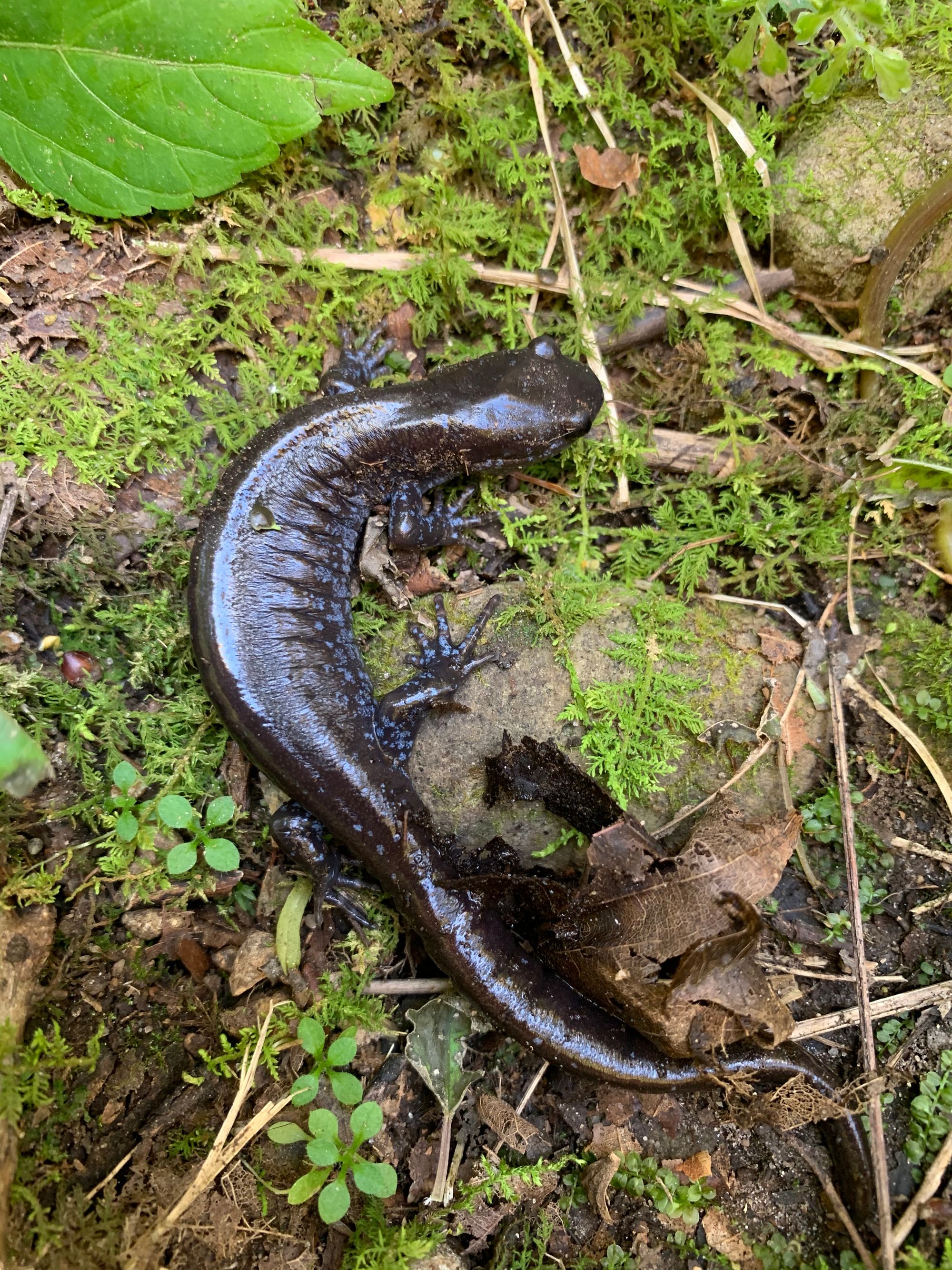
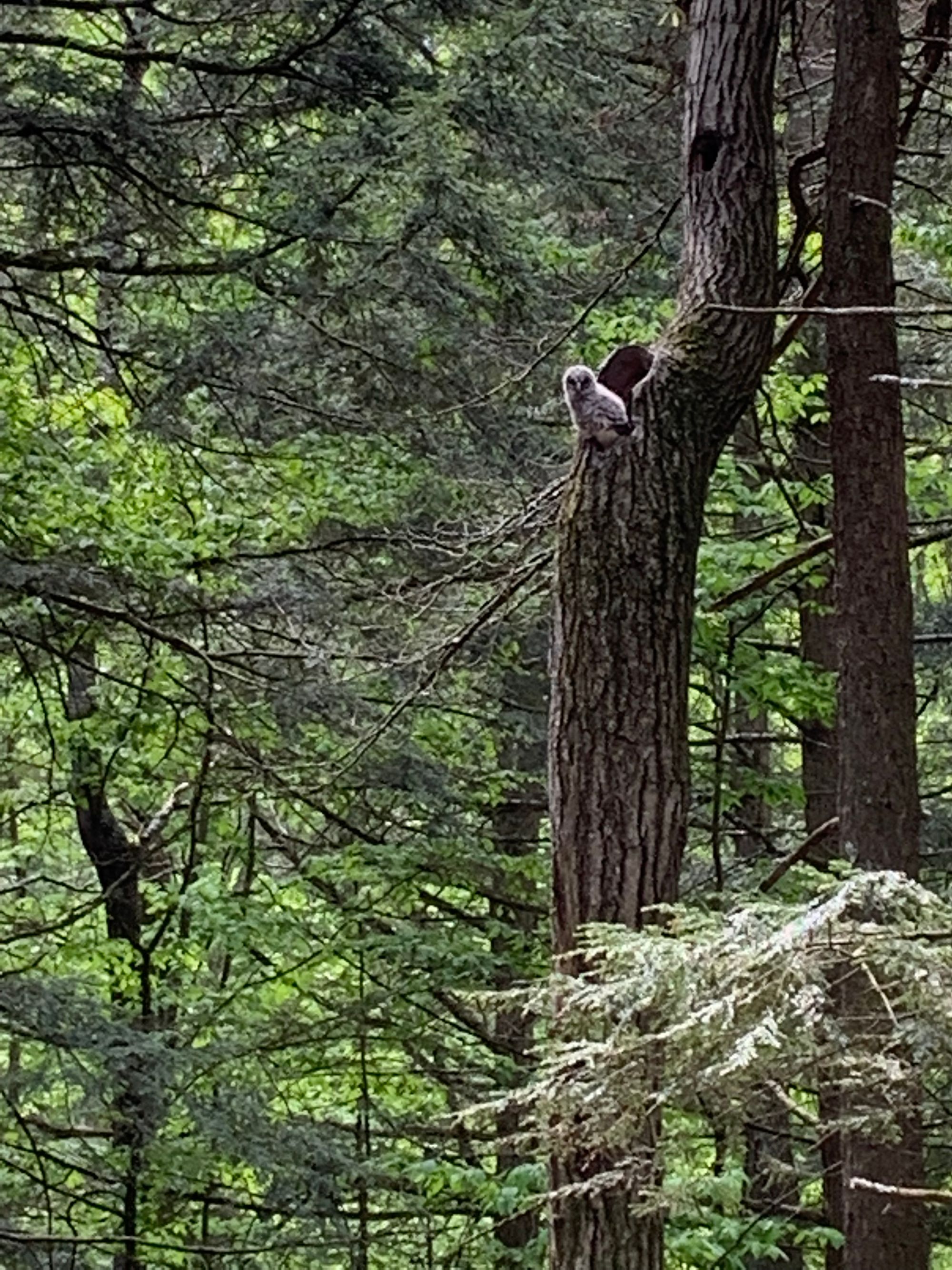
In 2020, we reached a major “millstone.” That was when numbers were crunched to discover that everything man-made weighs more than everything in nature. More than the combined weight of everything from elephants to ants, all of the forests, ocean life, and micro-organisms to mega-fauna. Our roads, toothbrushes, buildings, plastic toys, clothes we wear, boxes of breakfast cereals… all outweigh everything of nature. Birds raised for food weigh three times more than the weight of all wild birds. Staggering revelations. Nature is badly damaged and on the ropes. It’s not somebody else’s problem – it’s our collective problem.
The news of natural disasters is overwhelming. The costs are staggering. The solutions seem far beyond what any individual can do. But, that’s really not true. (Here are a couple of teasers: https://tiwlt.ca/science-cafe-don-ross-on-green-infrastructure-vod/ and https://tiwlt.ca/thanking-conservation-heroes-dick-and-bonnie-mabee/)
It’s easier than you’d think, and no park or government will do it for you. Just save the land you love. Save the green of forests, wetlands, old fields, and hedgerows – and you’re saving those services of nature that buffer you from greater harm. Wherever you live, do it. Here, where you find respite from the business and busyness of your lives, do it – save it.
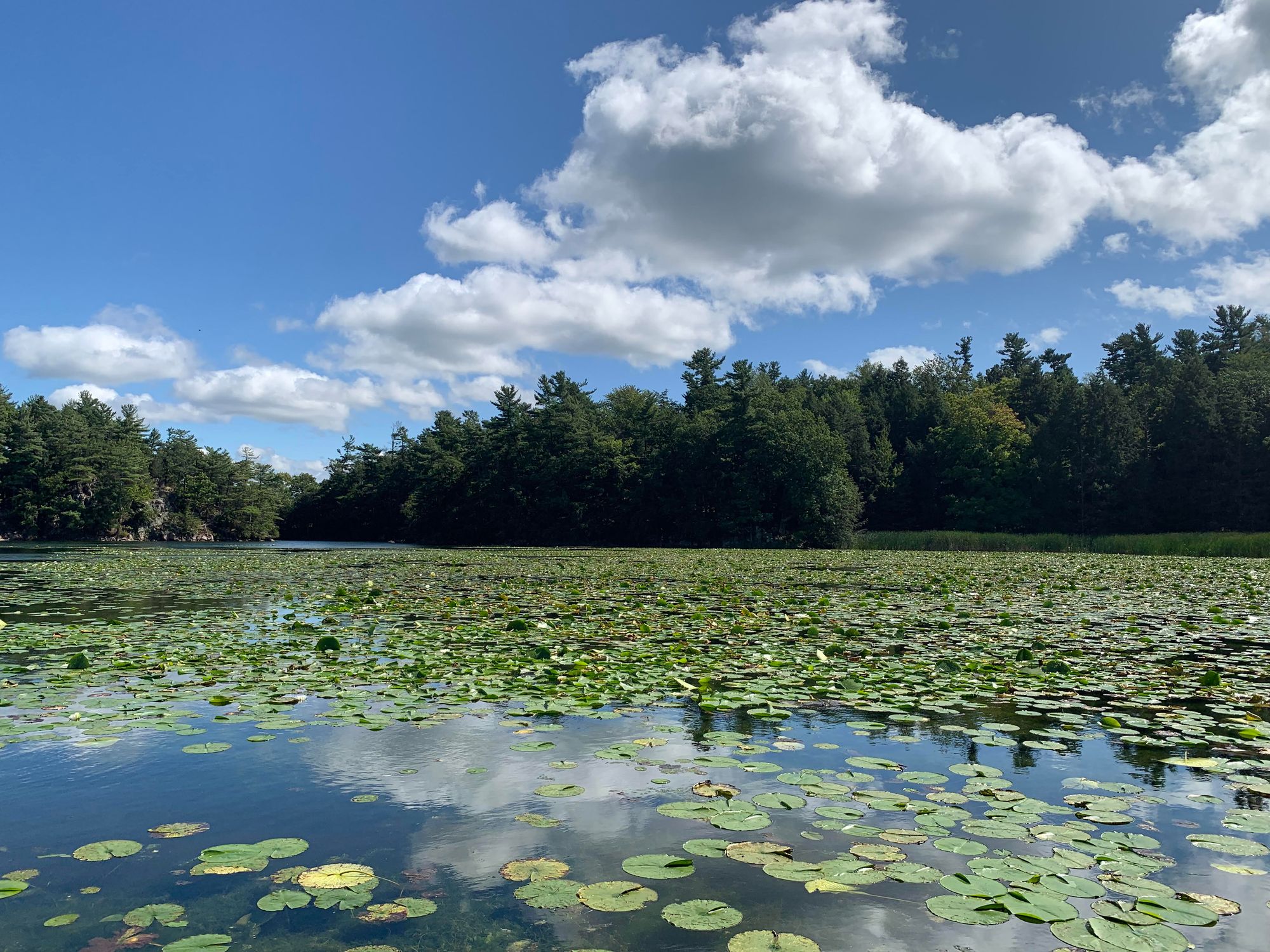
Why here, and why now? There are places on this planet where conserving nature especially matters. This watershed of the Thousand Islands, and these islands themselves, is one of them. There’s no place like this on the continent – a critical path for migration, vital habitats for wildlife, millions of dollars annually of the services of nature. While this region is a mere 0.00000015% of Canada, it hosts nearly 20% of the country’s species at risk, and has about 8% of all of the forests of southern Ontario. No wonder it’s in a celebrated UNESCO World Biosphere Reserve. And yet, this natural wealth can be so easily lost – just 5% of this gem is protected in Thousand Islands National Park, Charleston Lake Provincial Park, conservation authority lands, and all land trust properties – combined.
Readers of this marvellous magazine are largely focused on the islands and River. Small in the scheme of things, you might think. But actually, the islands’ positive impacts are way above their size. Islands have great amounts of shoreline compared to their land area. Here’s where animals come to drink, where fish spawn and thrive, where sun-warmed shallows and submerged rock faces are the factory floors for food for fish and waterfowl. Shore-lining trees and bushes and wildflowers reach for the life-giving water. It’s where you find pleasure and joy, where everyone’s eyes linger to soak in the colours and life of the region. It’s the money-maker for tourism and municipal taxes. Saving the green of nature on islands generates life, and the green of the economy.
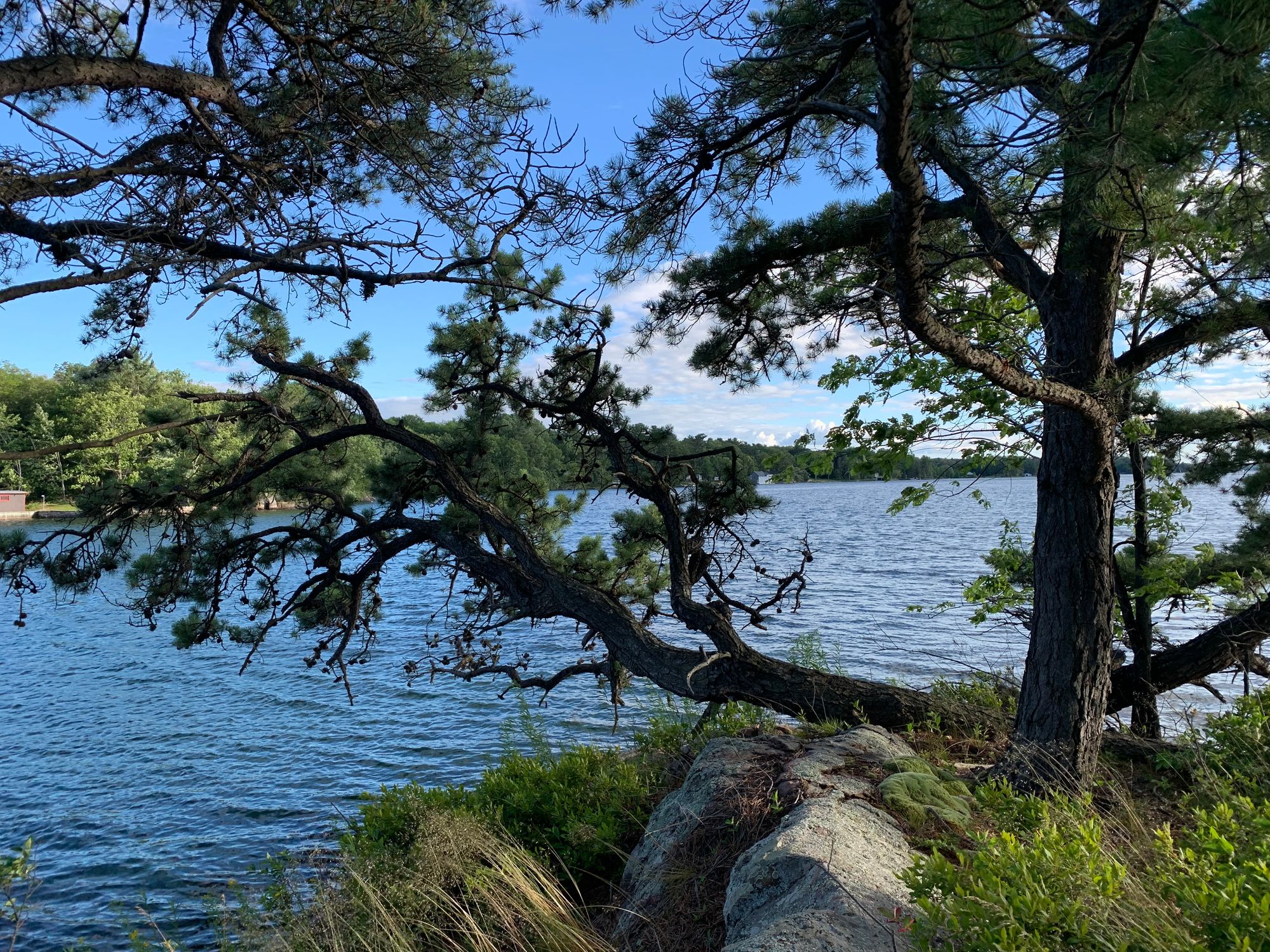
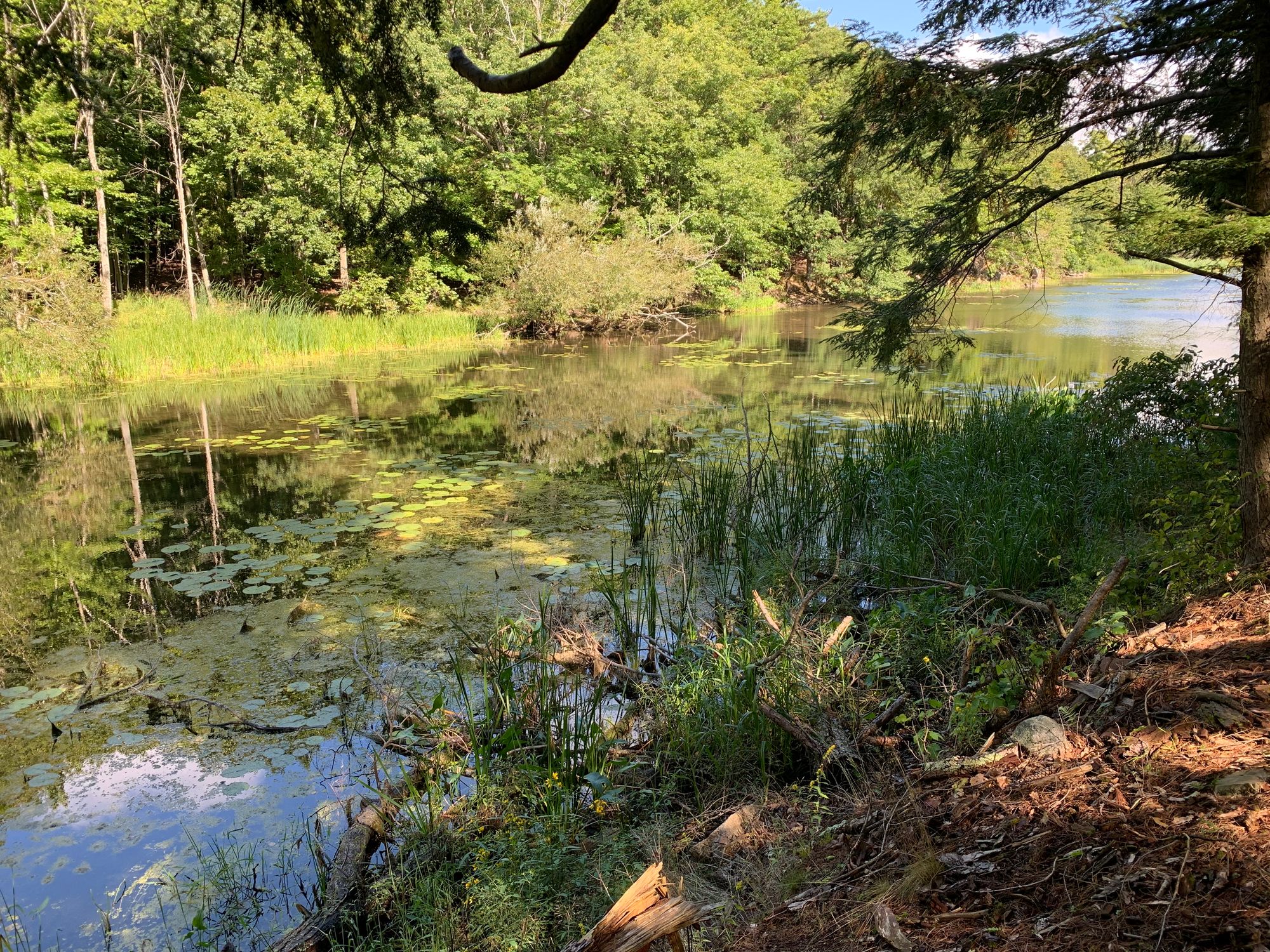
To date, the TIWLT has worked with a dozen landowners who wanted to forever protect the integrity of nature on their islands. We’ve worked with a dozen more throughout the watershed on the mainland – thousands of acres, to do the same. Forever – that’s the land trust timeframe. It happens that the majority of these properties were gifts by landowners – most fee-simple donations – and a few conservation easements. They did it for their best interests, for the land they love, and for you. On June 22nd, we want to share with you the tips and tax benefits these conservation heroes used.
In Canada and the US, less that 2% of charitable giving goes to nature charities, and just a fraction of that goes to land conservation. There are, most certainly, so many other wonderful and necessary causes and needs. But contributing property or funding to protect forever the lands you love and the services of nature are the only real solutions to buffer against climate change and the loss of wildlife. As the realtors phrase it, “They’re not making any more of it.” And like the bumper stickers say, “There’s no Planet B”.
Please come along, bring a friend, and meet people of the same mind as you.
Don Ross, Thousand Islands Watershed Land Trust
Don Ross is well known in the region. He is an ecologist involved with conserving the natural and cultural heritage of the region and was the former Chief Naturalist for the St. Lawrence Islands National Park. His book, "Discovering the Thousand Islands" published in 2001 is a valuable resource for the region and can be found on Amazon (if you are lucky).
Posted in: Volume 19, Issue 4, April 2024, Nature, News Item, Events, Current
Please click here if you are unable to post your comment.
